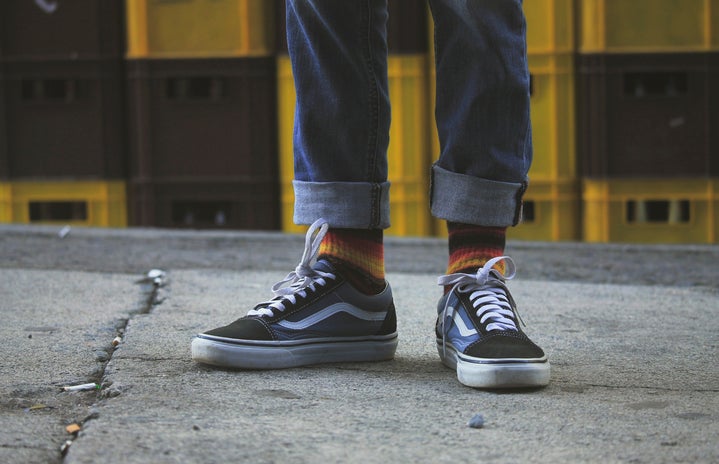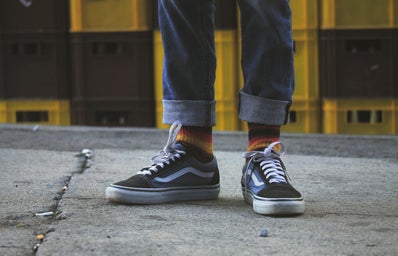image credit: Adam J Kurtz
High street fast fashion stores make up the majority of clothing sales in the world. A $15 tee shirt with a witty saying on it is hard to pass up when you know that next time you come in, the store is going to be filled with all new items, and the top will be never to be seen again. But these retailers, notably Forever 21, Zara, H&M, and Urban Outfitters have become infamous, in the past few years, for blatantly ripping off designs and illustrations from independent artists. In the world of Instagram, Tumblr, and Pinterest that make it so easy for artists to share their work and become well known for their art, it’s also much too easy for large clothing companies to see a fun design and recreate it for use on their merchandise. In recent years, there have been countless cases of artists recognizing their own work on a tote bag, crop top, or as an embroidered patch sold by the thousands. In fact, Forever 21 has had “upwards of 30 lawsuits in 2016 alone” for cases of such infringement. However, most cases never make it to court, and these retailers can continue to steal and copy art without much consequence. Why is that? Aren’t there legal ramifications for this kind of thing?
Fast fashion retailers are founded and run on a business model of ‘drawing inspiration’ from expensive high end designers and churning out almost carbon copies at a much cheaper price and quality, and selling it to the masses. These retailers have a nearly entirely new collection of merchandise every 2 weeks, and because it’s all set at such an affordable price, the items get snapped up as fast as they’re put out. They have a business model of being copycats, and it works. So it’s no surprise that it doesn’t extend only to the design of garments themselves, but to prints, photography, and illustrations that also end up being slapped on clothing and accessories. But at a company with 500 designers working to produce so many pieces, why are some of them not illustrators hired to come up with original art for products? It’s simply because the retailers have been able to get away with art theft for so long that they haven’t needed to hire in yet.
image credit: The Fashion Law
Most of the time, an artist is alerted by one of their followers that their art has been spotted as a pin sold at Zara, the artist contacts the company and makes a rightfully outraged Instagram post and that’s the extent of it. Artists have a very hard time getting any sort of credit, compensation, or closure to these cases because usually, it’s an independent person going after a billion dollar clothing company, and it’s simply too expensive for what it’s worth. There have been several artists who have contacted Zara, Forever21, and etc. after their designs had been copied, and gotten a response similar to what Tuesday Bassen, an independent illustrator, got after having several pin designs stolen by Zara.
“The lack of distinctiveness of your client’s purported designs makes it very hard to see how a significant part of the population anywhere in the world associate the signs with Tuesday Bassen.”
image credit: Tuesday Bassen
Basically, the artist is too small to have any kind of clout against the huge company, and theres nothing to prove that Tuesday was the first person in the world to come up with a specific design, even though the ones sold at Zara are very nearly identical to the ones sold by the artist. Unfortunately, that’s the way that these cases go. The companies are absolutely committing a crime by stealing artwork, however, the designs are tweaked very slightly, however, enough that it is not the exact same as the artist’s original, so any action taken against them falls through. Today, there are only very limited things one can do if they are victim of this. For the most part, they are restricted to taking action on social media, and letting as many people as possible know that it’s a stolen design, hoping that they won’t buy it, and instead support the artist. However, these retailers are, at this point, much too big, convenient, and popular to endure much of a negative impact from any action any number of singular artists can attempt against them. The best we can do to protect the artist is to support them and buy their original work directly from them.

